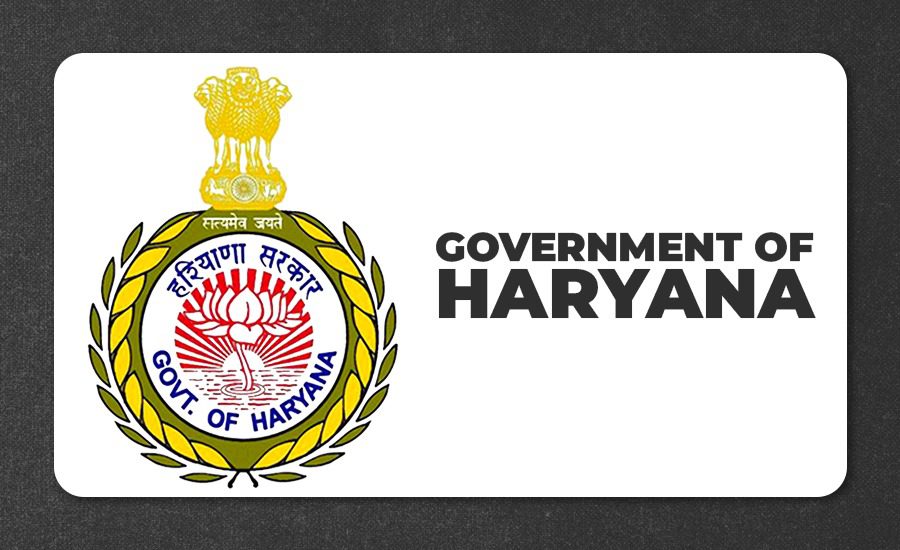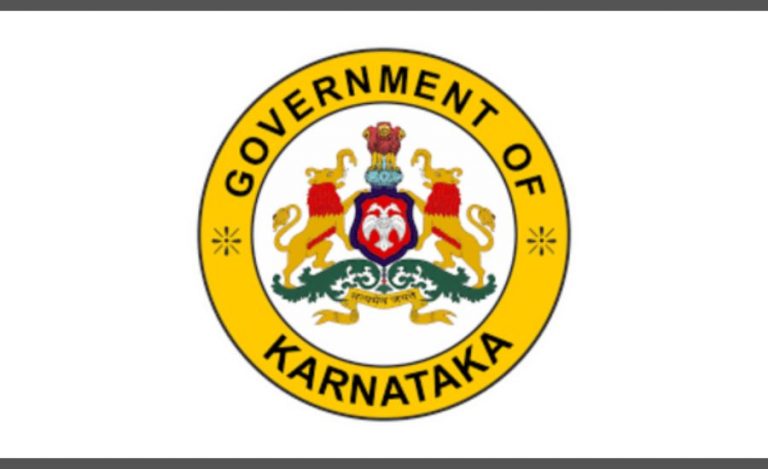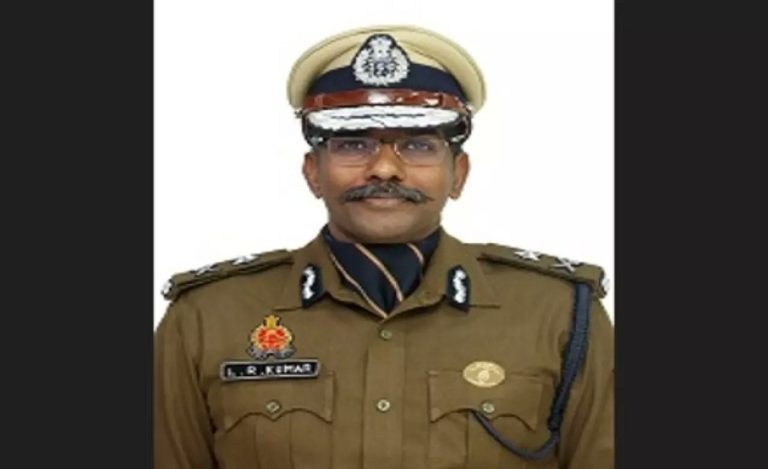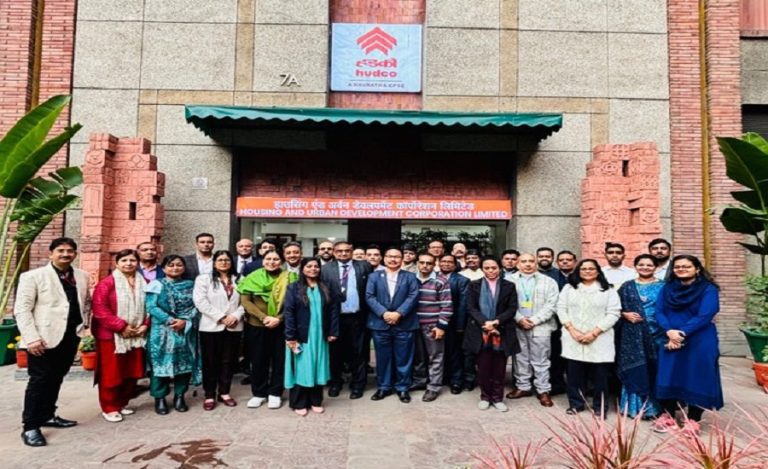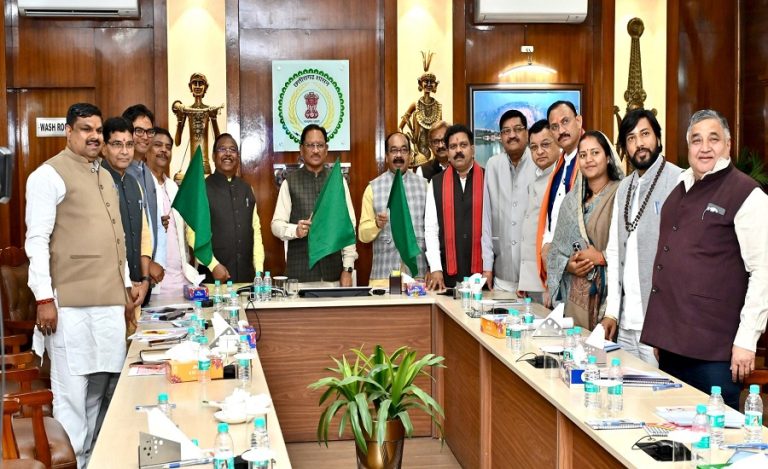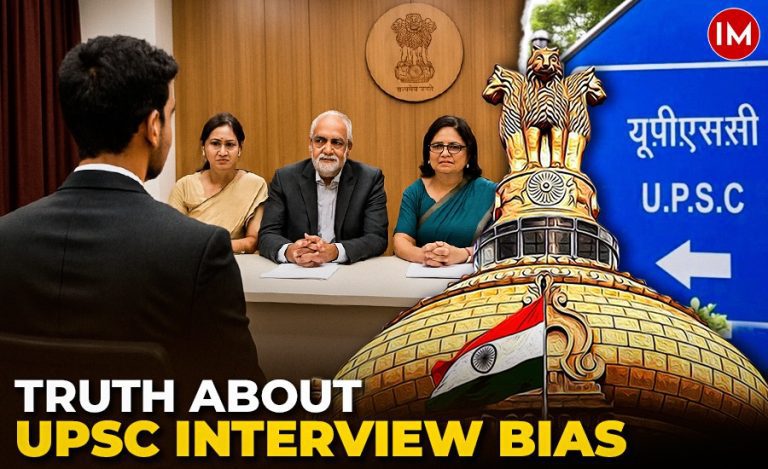Chandigarh: In a strategic move aimed at enhancing administrative efficiency, the Haryana government has undertaken a comprehensive restructuring of the Chief Minister’s Office (CMO). This reshuffle involves a significant redistribution of departmental responsibilities among senior bureaucrats to streamline governance and bolster effective implementation of policies.
Rajesh Khullar’s Role Refined: Now Overseeing 16 Departments
Retired 1988 batch IAS officer Rajesh Khullar, the Chief Principal Secretary to the CM, who previously managed 21 departments, will now be in charge of 16 key departments. The reassignment aims to allow focused attention on critical sectors including Health, Home, Finance, Industries & Commerce, and Revenue & Disaster Management.
IAS Khullar will also continue as the overall in-charge of the CMO, handling sensitive portfolios such as Parliamentary Affairs, Legislative Business, and Raj Bhawan Affairs.
New Responsibilities for Arun Kumar Gupta, Saket Kumar, and Yash Pal
Arun Kumar Gupta (Principal Secretary to CM) now manages 11 departments including Civil Aviation, Environment & Forests, Social Justice, and Urban Local Bodies. He is also tasked with overseeing the implementation of Chief Minister announcements.
Saket Kumar (Additional Principal Secretary to CM) has been assigned 9 departments with a focus on Agriculture & Farmers Welfare, Elections, Women & Child Development, and monitoring of Budget Announcements and Incomplete Projects.
Yash Pal (Deputy Principal Secretary to CM) will oversee 8 departments covering Education, Heritage & Tourism, Labour, Public Health Engineering, and Sports.
OSDs to CM Entrusted with Specific Portfolios
Three Officers on Special Duty (OSDs) have also been allocated specific responsibilities–
- Raj Nehru: Department of Future, Higher Education, Youth Empowerment, and Entrepreneurship.
- Vivek Kalia (HCS): CM Window, Jan Samvaad.
- Sudhanshu Gautam (HCS): Government house allotments (except Type-V Panchkula), CM Announcements, CM Relief Fund, HRDF, HRMS, Online Transfer Policy, and Waqf Board.
Strategic Objective Behind the Restructuring
Officials indicate that the reshuffle is aimed at improving governance by distributing workload more evenly and ensuring better monitoring of departments, projects, and budget announcements. The reallocation is also expected to enhance accountability and responsiveness in the administrative machinery.

